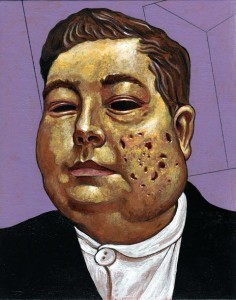Mycetoma a chronic subcutaneous infection caused by actinomycetes or fungi results in a granulomatous inflammatory response in the deep dermis and subcutaneous tissue, which extends to the underlying bone. Mycetoma is characterized by the formation of grains containing aggregates of the causative organisms that may be discharged onto the skin surface through multiple sinuses.
Mycetoma caused by microaerophilic actinomycetes is termed actinomycetoma, and mycetoma caused by true fungi is called eumycetoma.

These conditions are to be differentiated from actinomycosis, which is an endogenous suppurative infection caused by Actinomyces israelii or other species of Actinomyces or related bacteria, affecting the cervical-facial, thoracic, and pelvic sites.
The term mycetoma can also be found incorrectly referring to a fungus ball in a preexisting cavity in the lung or within a paranasal sinus, most often caused byAspergillus species.
Pathophysiology
The body parts affected most commonly in persons with mycetoma include the foot or lower leg, with infection of the dorsal aspect of the forefoot being typical. The hand is the next most common location; however, mycetoma lesions can occur anywhere on the body. Lesions on the chest and back are frequently caused by Nocardia species, whereas lesions on the head and neck are usually caused by Streptomyces somaliensis.
The causative organism enters through sites of local trauma (eg; cut on the hand, foot splinter, local trauma related to carrying soil-contaminated material). A neutrophilic response initially occurs, which may be followed by a granulomatous reaction. Spread occurs through skin facial planes and can involve the bone. Hematogenous or lymphatic spread is uncommon.
Treatment of eumycetoma remains problematic. In the treatment of mycetoma, antibiotic or antifungal therapy should be attempted first and may need to be combined with surgery, especially for eumycetoma lesions in the extremities.
External beam radiotherapy in doses ranging from 3.5-14 Gy has been considered successful treatment in a few selected cases.
